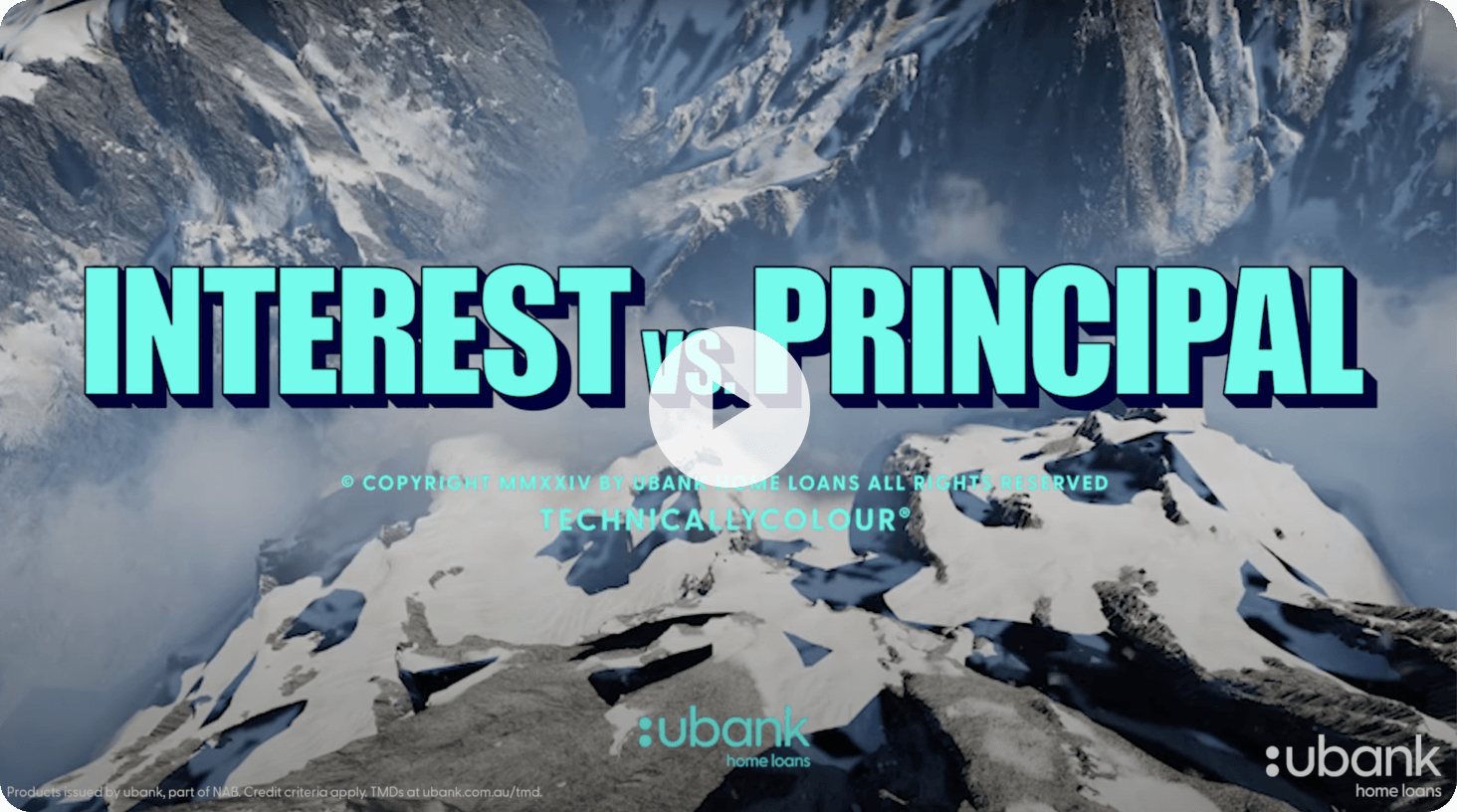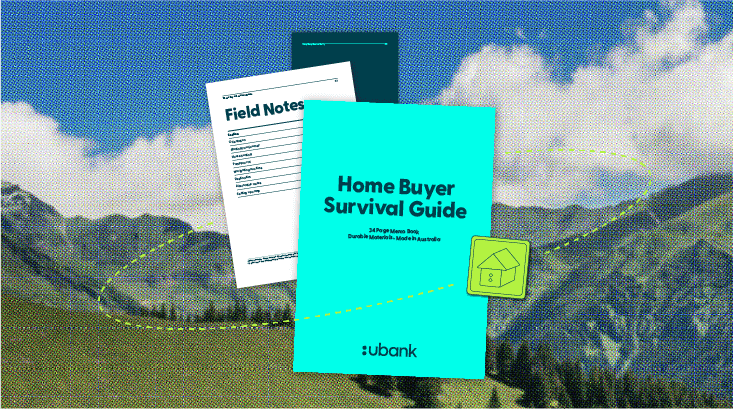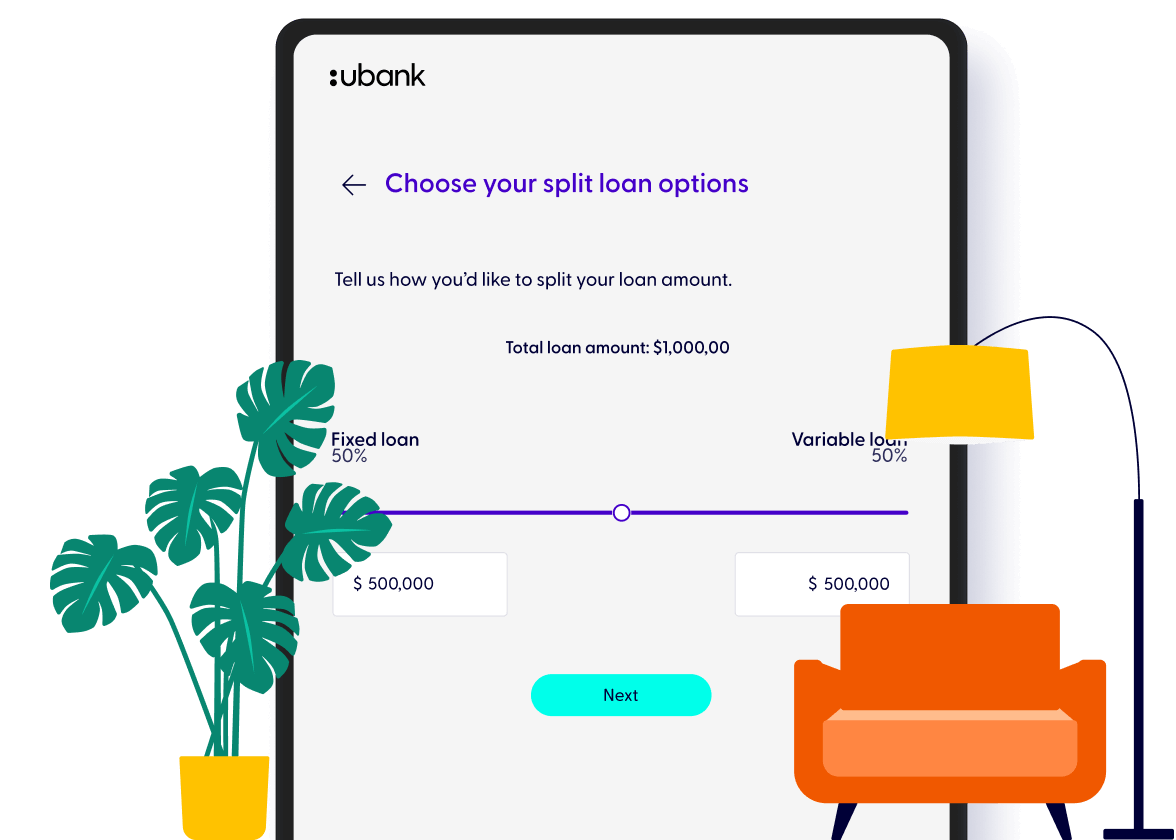A rookie’s guide to home loan jargon



Your A to Z of home loans terms
New to home loans and want to crack all the lingo? You’re in safe hands. We’ve broken it down so you can make confident decisions. Chat with us now if you also want to talk it out.
Additional payments
Depending on your loan type, you’ll have a required amount to pay each week, fortnight or month. If you pay more than that required amount, you’ll be making an additional payment. Additional payments help you pay off your loan faster and reduce the amount you’re paying in interest. If you have a fixed loan, you can only pay $20K in additional payments during your fixed term.
Comparison rate
It’s tough to compare the total cost of each loan on the market. That’s where the comparison rate comes in to clear some things up.
The comparison rate includes interest plus the usual fees and charges that apply for the life of the loan. It shows those costs as an annual percentage rate to make it easier to compare the cost of loans across different lenders.
Fixed interest rate
You can lock in a rate and make it fixed which means your interest rate won’t change during your fixed term. You can get a fixed term for up to 5 years.
Interest offset
We’ll offset 100% of the interest charged on your Flex Variable loan when you deposit money into one or more of your linked ubank accounts.
The more money you have in your linked offset accounts, the more interest you’ll offset. Just as a heads up, any Save accounts that you’re currently using as offset accounts won’t earn any interest.
Interest only (IO)
If your loan repayments are interest only (or IO), you are only paying back the interest on your loan and not your loan amount (otherwise known as your principal).
Investment
This is the kind of loan you get if you don’t plan on living in your property.
Key facts sheet
The key facts sheet summarises the key facts of a loan, including things like estimated repayments, interest rates and comparison rates. Because of its standard format, the key facts sheet allows you to easily compare home loans not just at ubank, but also between other lenders.
Lenders Mortgage Insurance (LMI)
Lenders Mortgage Insurance (otherwise known as LMI) is a one-off insurance premium added to your loan based on the size of your deposit and how much you want to borrow.
Although you would be the one paying for it, LMI provides protection for your lender. It’s usually charged on loans with over 80% LVR (see below definition of LVR), meaning you would need a deposit or equity that’s at least 20% of your property value to avoid paying LMI.
We don’t charge LMI at ubank but you can still apply for an owner occupied home loan repaying principal and interest (P&I) even if you have a deposit or equity as low as 15%. Not paying LMI could save you thousands depending on the size of your loan.
Loan advance fee
This is a one-time fee we charge to prepare documents and arrange the settlement of your loan. See our other rates and fees.
LVR
LVR stands for loan to value ratio. It’s a percentage calculated by dividing your loan amount by the value of your home. The bigger the LVR, the smaller your deposit needs to be. You can calculate your LVR with the below equation:
LVR % = (loan value ÷ property value) x 100
Owner occupied
This is the kind of loan you get if you plan on moving into the home straightaway while you’re paying back the loan. To get an owner occupied loan, you need to live in the property.
Per annum
This is just a fancy way of saying “each year” or “per year”.
Pre-approval
A pre-approval is an approval we provide to give you both an idea of what we might be able to lend you as well as the confidence to search for your new home. Your pre-approval is valid for 90 days and is subject to a couple of conditions you’ll need to meet, like providing a valid contract of sale and completing a satisfactory property valuation once you’ve found your property.
Once you’ve received a pre-approval, it means your application has undergone a full assessment including a credit check and verifications.
Principal and interest (P&I)
If you pay principal and interest (or P&I), your repayments go towards paying off the loan amount (otherwise known as your principal) as well as the interest on your loan.
Redraw
When you make additional payments to your home loan, you can redraw those additional payments into your Spend, Bills or Save account. That basically means you can get back some of the extra money you’ve put into your loan when you need funds. If you have a fixed loan, you can redraw up to $20K in additional payments at no charge during your fixed term.
Refinancing
Refinancing is simply moving your home loan to a different lender. If you initially got a home loan from a different lender, you can move (refinance) your home loan to ubank to take advantage of our great rates and flexible options. You can check our refinance calculator to see how your current loan stacks up against ours.
Standard variable rate
A standard variable rate is the benchmark rate that a lender sets on their variable home loan – we include ubank’s standard variable rate in our loan contracts.
Ubank customers will receive a discount off our standard variable rate. The rates you see advertised on our website are the discounted variable rates for new loans. Variable rates can and do change.
Valuation fee
This is a fee to cover the valuation of your home. We’ll always cover the first $360 of this fee. If it’s more than $360, you’ll pay the extra. See our other rates and fees.
Variable interest rate
A variable interest rate goes up and down. Sometimes it goes lower than a fixed rate, sometimes higher.
